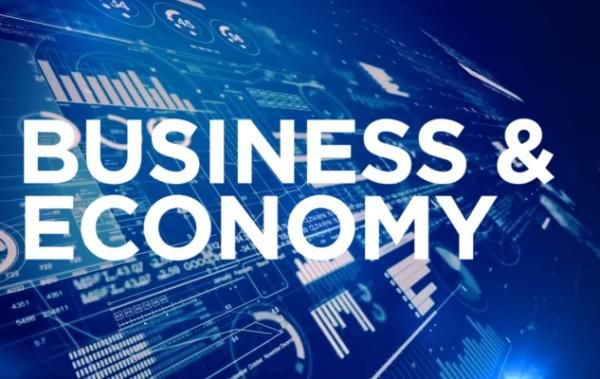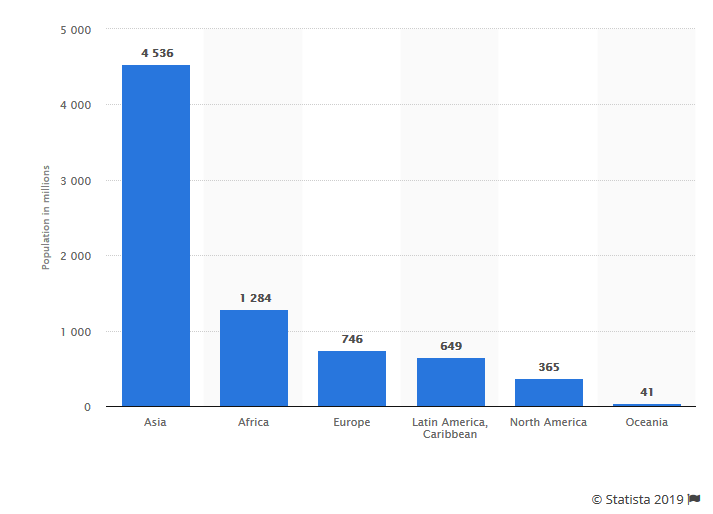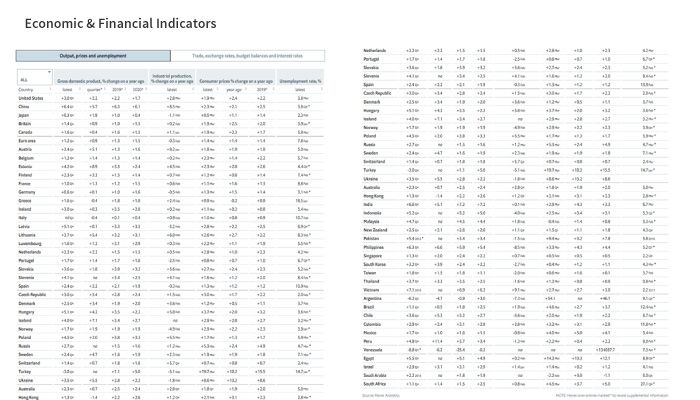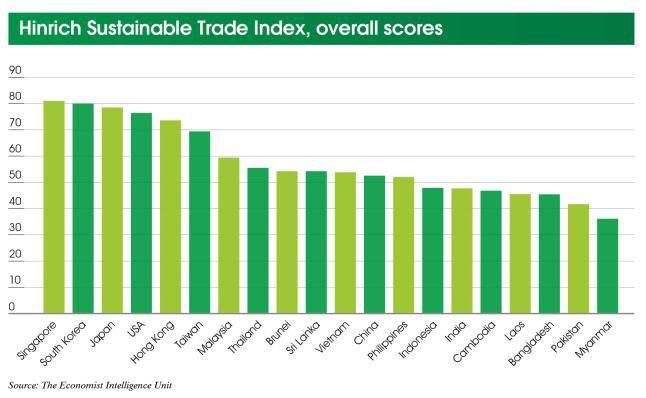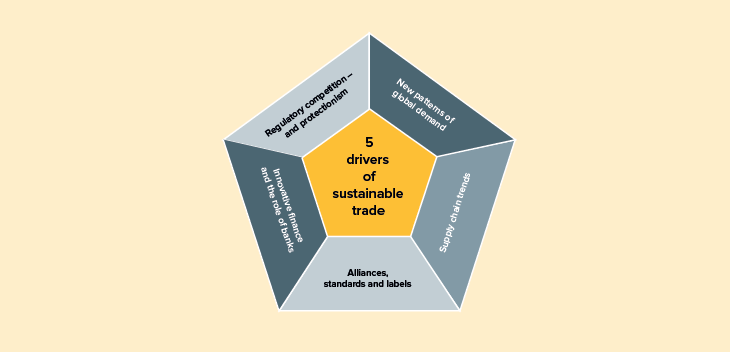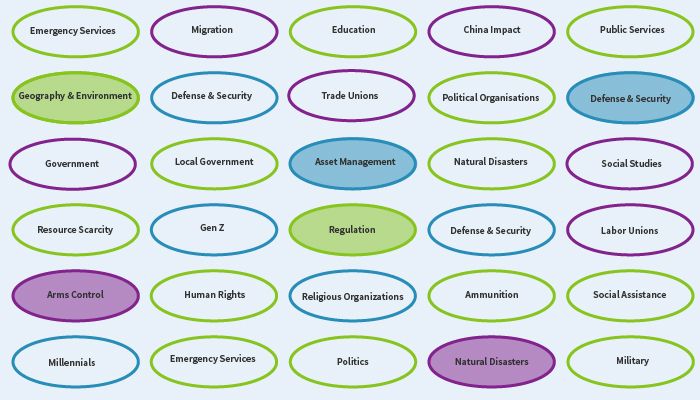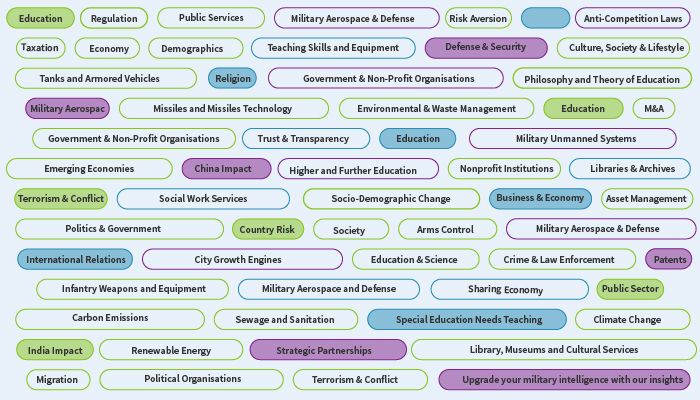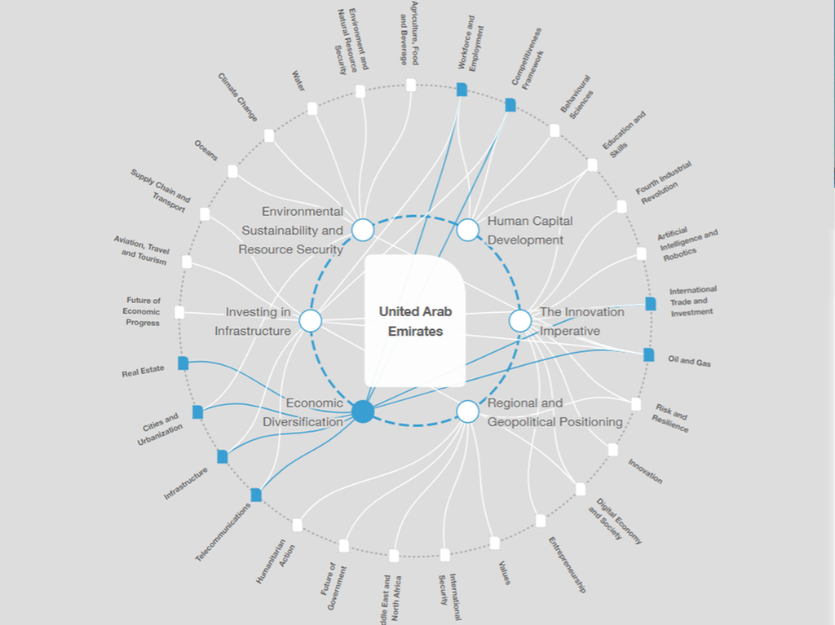Public Health
Governments around the world have committed to reform public health and provide dedicated resources. However, evaluating public health policy is complex, because so many wider government actions, both local and central, impact on public health. There are also time lags, both in measuring the outcomes of public health policies, and in data release and analysis.
The U.S. health care system shift from fee-for-service payment to payments based on the value and quality of care delivered, is intended to promote approaches to care delivery focused on better care, efficient spending, and healthier patients.

Education & Science: Statistics and facts related to education and science, including information on educational institutions, skills and levels, markets, as well as data on research and development status and spending, research fields, patents and employment prospects outlook.
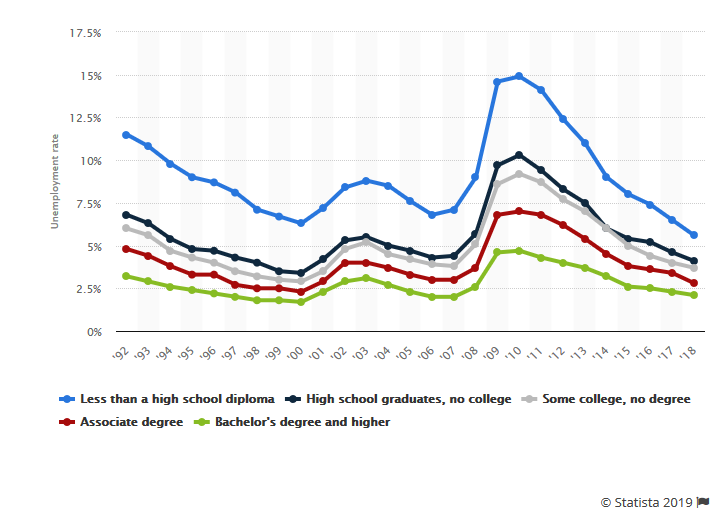
Unemployment rate in the United States, by level of education
Social services: involves social services and related goods and food supplies, education, health care, disaster relief activities and housing services offered by private or government establishments to improve living conditions and social well-being of under privileged children, disabled, elderly and the poor in a community.
Crime & Law Enforcement
Statistics and facts on topics related to crime and law enforcement, including data on crime rates numbers, prisons, school-related violence, and cyber crime, among other topics.
Security, Smart Identification and Surveillance
National security, network security, and personal information security are major global concerns, and governments are implementing video surveillance systems, alarms, access controls, detectors, and communication and information management systems for law enforcement and public safety.
The conventional means of authentication such as IDs and passwords are highly vulnerable to attacks and can be lost, hacked, or forgotten. To prevent such issues, smart identification and surveillance systems have been implemented in e-passports, national identity programs, and border control routines.
Governments are adopting innovative ways to interconnect technologies to proactively prevent, and resolve crimes and conflicts and respond with real-time situational awareness, through the integration of Artificial Intelligence, Machine Learning, and data analytics into various public safety platforms.
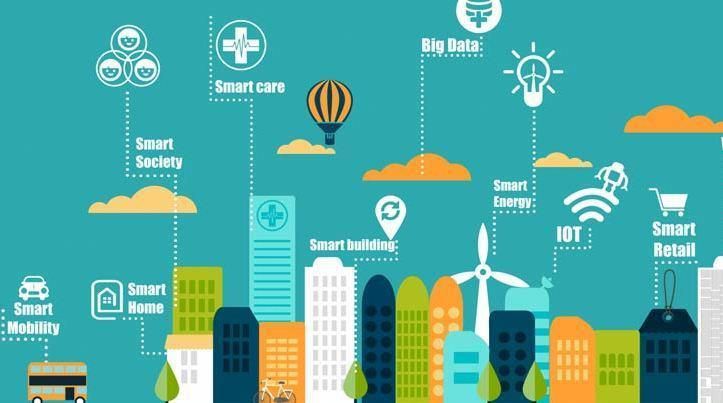
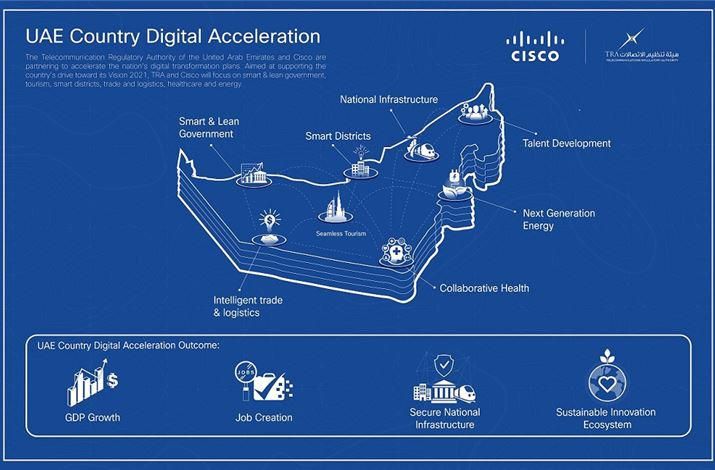


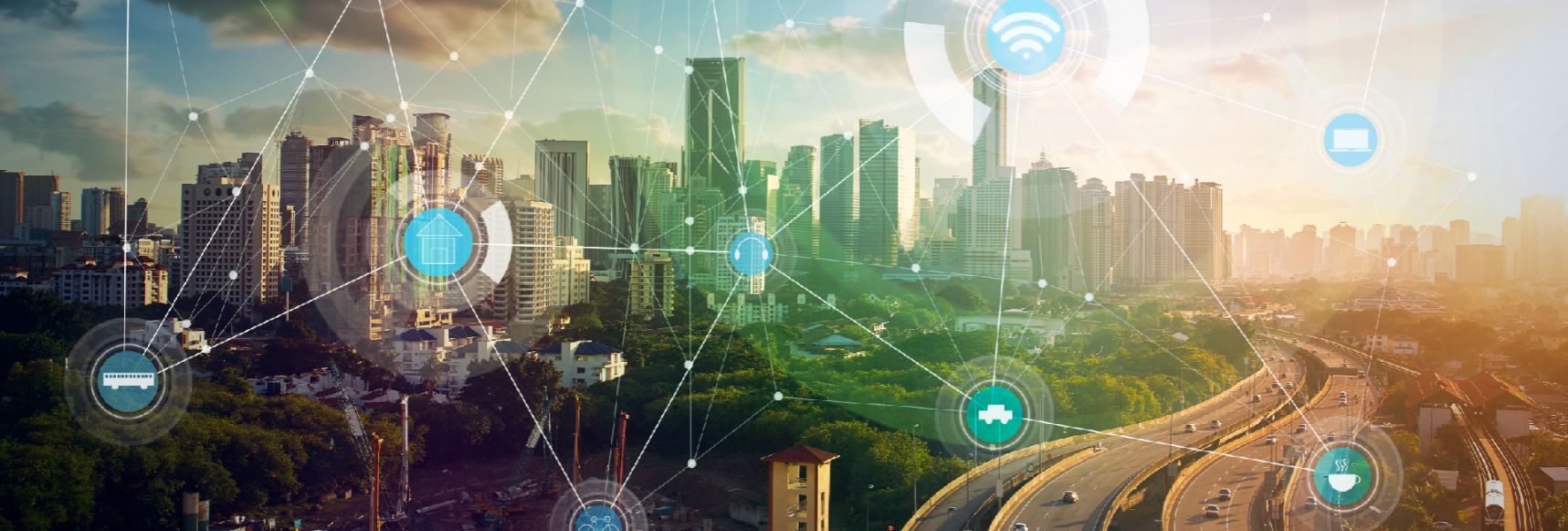
 Government and Smart Cities
Government and Smart Cities